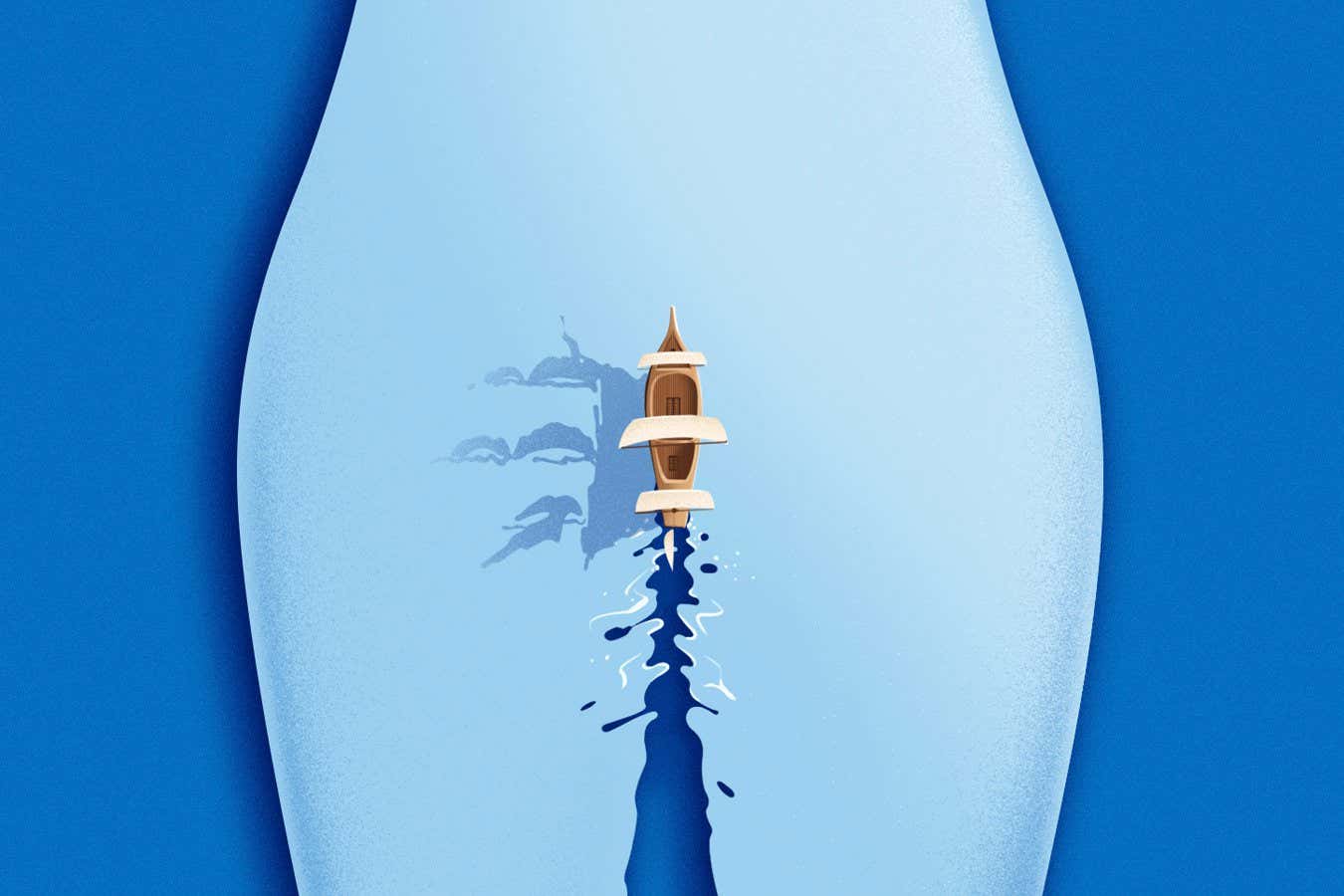Now Reading: Are Women’s Bodies Defined by a Man’s Lens? An Anatomist Weighs In
1
-
01
Are Women’s Bodies Defined by a Man’s Lens? An Anatomist Weighs In
Are Women’s Bodies Defined by a Man’s Lens? An Anatomist Weighs In

swift Summary:
- the term “pudendum,” historically used for female external genitalia (vulva), was removed from official anatomical language in 2019 due to it’s problematic origin. It stems from the Latin word pudere, meaning “to be ashamed.”
- Historically, “pudendum” applied to both male and female genitalia, but over time its usage became specific to women, reflecting gender biases.
- Many women reportedly feel insecure about discussing or naming their genitalia; a UK survey showed 65% of young women struggled to say terms like “vulva” or “vagina.”
- Medical anatomy has long been dominated by male figures, with numerous anatomical parts named after notable men (e.g., Fallopian tubes after Gabriele Falloppio).Onyl one woman-raissa Nitabuch-has an eponym within anatomy among hundreds reviewed in research.
- Ther is ongoing debate about phasing out eponyms in favor of technically accurate terminology for body parts (e.g.,replacing Bartholin’s glands with the term “greater vestibular glands”). However,many eponyms remain widely used.
Image: !campaign=RSS%7CNSNS&utmsource=NSNS&utmmedium=RSS&utm_content=home”>Read More
Stay Informed With the Latest & Most Important News
Previous Post
Next Post
Loading Next Post...

























